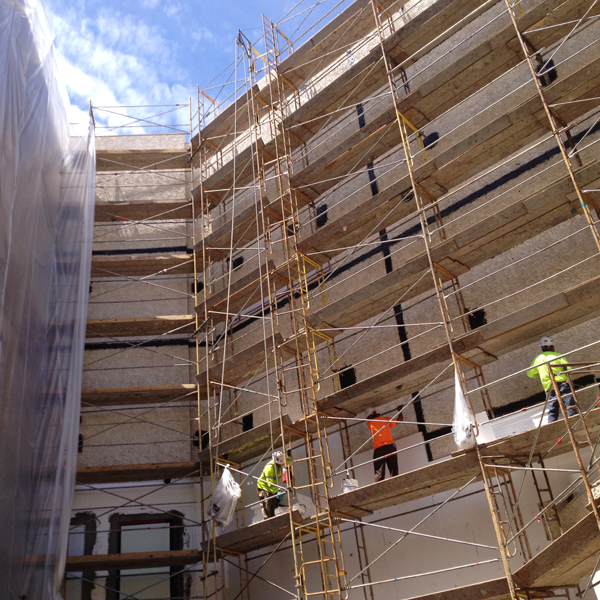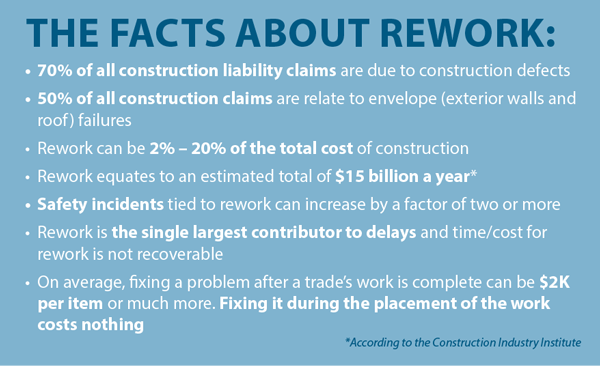Today, we launch “Get to know….” a new regular feature that sheds light on employee owner colleagues from across the Kitchell universe. Our first installment is a conversation with Talent Acquisition Manager Comesha Cunningham, who is based in Phoenix and works with all Kitchell companies and departments.
Tell us what brought you to Kitchell and when.
You know when you hear people say “I want to work with an organization that shares the same values as mine?” Well, that is what finally made me accept the offer after I declined the first time. That was a little more than 10 years ago.
How has recruiting in the industry changed since you began?
The diverse pool of candidates in the industry has changed, which is great. The shift in project delivery methods, the different roles general contractors, construction managers and architectural firms play have forced us to think differently about who is a “good fit” for our organization.
In your professional experience, what is the worst thing a prospect has done representing him or herself?
The worst thing a prospect can do during an interview is have that blank stare when asked “What do you know about Kitchell?” Being unprepared does not make for a good first impression.
The interview and follow up process also provides a glimpse of what candidates may expect from us going forward. We provide clear step-by-step instructions with constant follow-ups. That being said, when a candidate is unable to navigate through our hiring process, it can be a big red flag.
How many resumés does Kitchell receive each week?
We receive about 150 resumés per week, but fewer than one-third get past the initial “sniff” test.
What is the best recruiting tool?
As it is with capturing new work, building relationships is our best recruiting tool. We post positions to job boards mostly for branding purposes. Many hires come from our internship program (which is fantastic in “netting” some of our finest recent graduates), networking within industry associations, LinkedIn and employee referrals. Many of our strongest hires in the field come from employees who refer candidates, often their siblings and children! In fact, we have quite a few “legacy families,” which is awesome.
What makes a prospect an ideal Kitchell candidate?
An ideal candidate is someone who meshes well with our culture, inherently relates to our vision and is a stickler for quality and excellence. He or she must demonstrate initiative and add value that drives our organization forward.
Are there specific positions you’re looking to fill right now that are challenging?
Right now there is a battle for top talent within our industry. Finding quality talent has been a challenge for the last six months, in general. Specifically, Engineers (Electrical, Civil, Structural and Mechanical) as well as Project Managers and Superintendents for California projects within our Healthcare Center of Excellence, which require specific building code experience known as OSHPD.


